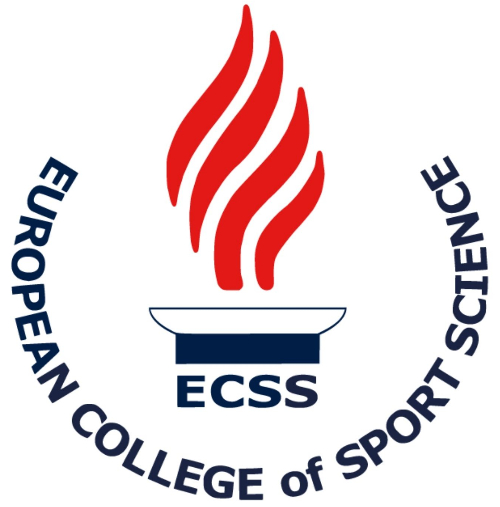Ferrari Bravo Duccio1,2, Rampinini E1, Sassi R3, Bishop D4, Sassi A1, Tibaudi A5, Impellizzeri FM1
1, Human Performance Lab, Sport Service MAPEI, Castellanza, Varese, Italy; 2, Motor Science Faculty, University of Milan, Italy; 3, Valencia FC, Spain; 4, School of Human Movement and Exercise Science, The University of Western Australia, Crawley, Perth, Western Australia, Australia; 5, FC Krylia Sovetov, Samara, Russia

Soccer matches, like many other team sports, require players to repeatedly generate maximal sprints of a few seconds (1-7 s) interspersed by brief recovery periods, and several activities involving acceleration and deceleration phases (e.g. changes of direction). For these reasons, the ability to maintain high power or running speed over a series of sprints (repeated-sprint ability, RSA) has received attention from many researchers (Fitzsimons, 1993; Bishop, 2004). However, the use of a RSA test to monitor soccer players is based on its content and logical validity, as no study has shown a relationship between RSA and actual match performance. Furthermore, the reliability of RSA has been mainly investigated for sprint cycling rather than running. Therefore, the aims of this study were to examine 1) the relationship between running RSA and objective measures of actual match physical performance (ecological validity), and 2) RSA reliability, in elite professional soccer players. Eighteen professional soccer players of a Premier League team were monitored with a video computerized automatic match analysis system (data published with the permission of ProZone®, Leeds, England) during two competitive seasons. From the data obtained using the specific software, the total distance (TD) covered during the game and the amount of high-intensity activities (running speed above 18 km·h-1, HIA) were determined. Each season, players completed 4 trials of a RSA test consisting of 6×20-m+20-m shuttle run sprints with 20 s of recovery. For the correlational analysis, the highest values of TD and HIA measured during matches completed within two weeks from the RSA test were used according to Bangsbo (1994). From the RSA data the average time required to complete 6 times 20-m+20-m runs and the sprint time decrement expressed as percent (%) were selected for the analysis. Reliability was determined in 22 players of a Russian professional team that completed the RSA test twice within one week. Reliability was determined using the typical error of measurement (TE). TD was not significantly correlated to RSA mean time (r=0.03), while a moderate but significant correlation was found between RSA mean time and HIA (Figure 1). The reliability of RSA test is presented in table 1. The TE for the mean sprint time was 0.8% (95%CL, 0.6 to 1.1%), while the TE of the percent decrement during the test was 25.0% (95%CL, 21.2 to 42.9%). This study is the first to demonstrate the ecological validity of a running RSA test for soccer players. Although the correlation we found was moderate, it should be taken into consideration that actual match performance is influenced by several factors other than physical characteristics. Furthermore, HIA was suggested to be a better indicator of soccer match physical performance than TD. This study showed that about 40% of HIA variance was explained by RSA. The most appropriate RSA index for longitudinal monitoring of athletes seems to be RSA mean sprint time as it showed high reliability (TE=0.8%). While the RSA % decrement was less reliable, it could be more appropriate for between subject comparisons because of higher individual differences (CV=31.9%) than RSA mean sprint time (CV=1.7%). In conclusion, this study confirms the validity of the RSA test for soccer players.
10th Annual Congress of the European College of Sport Science (ECSS).
Belgrade, Serbia, July 13-16, 2005
Book of Abstract Belgrade, 10-0654